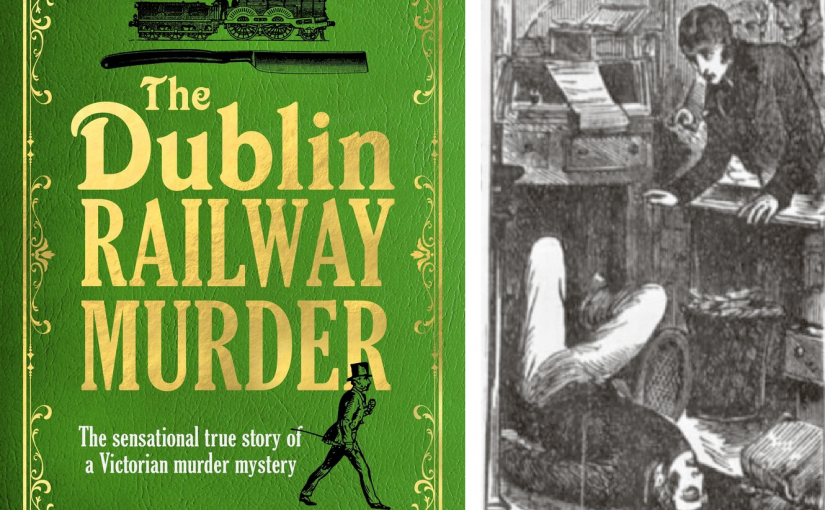On Friday 14 November, 1856, the chief cashier of Dublin’s Broadstone railway terminus failed to arrive for work. George Little was regarded as one of the company’s most reliable employees, and his unexplained absence was completely out of character. His worried colleagues broke down the door to his office, and found a scene of horror within.
George Little lay dead … Read more








